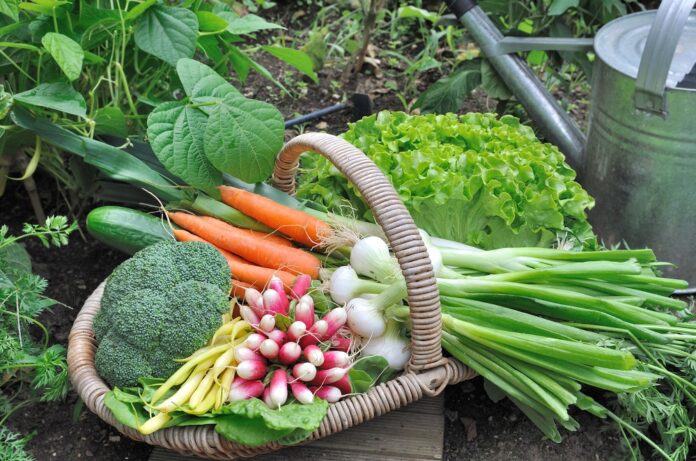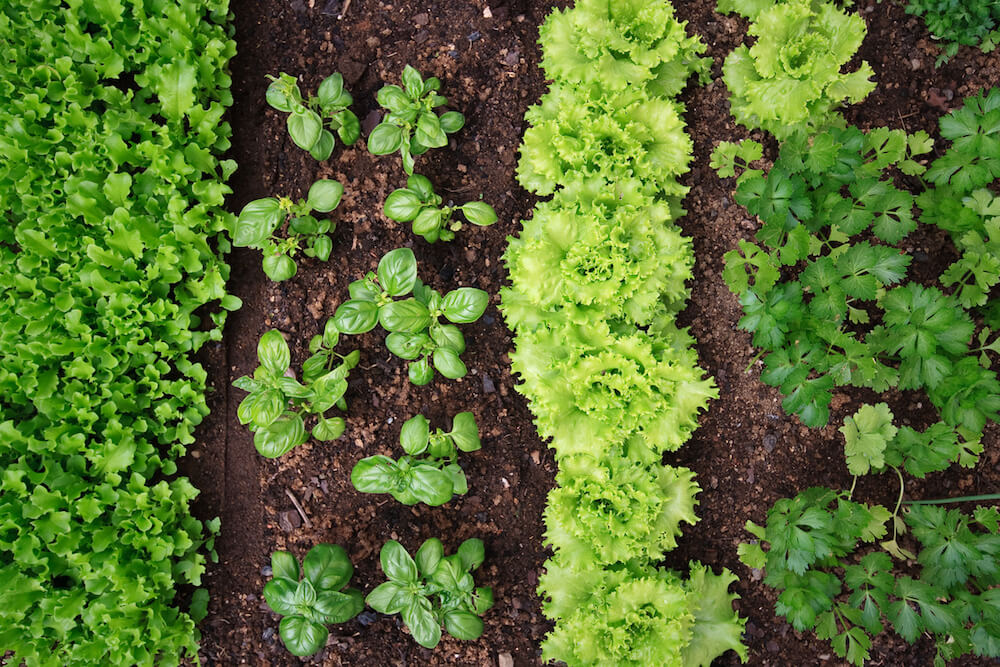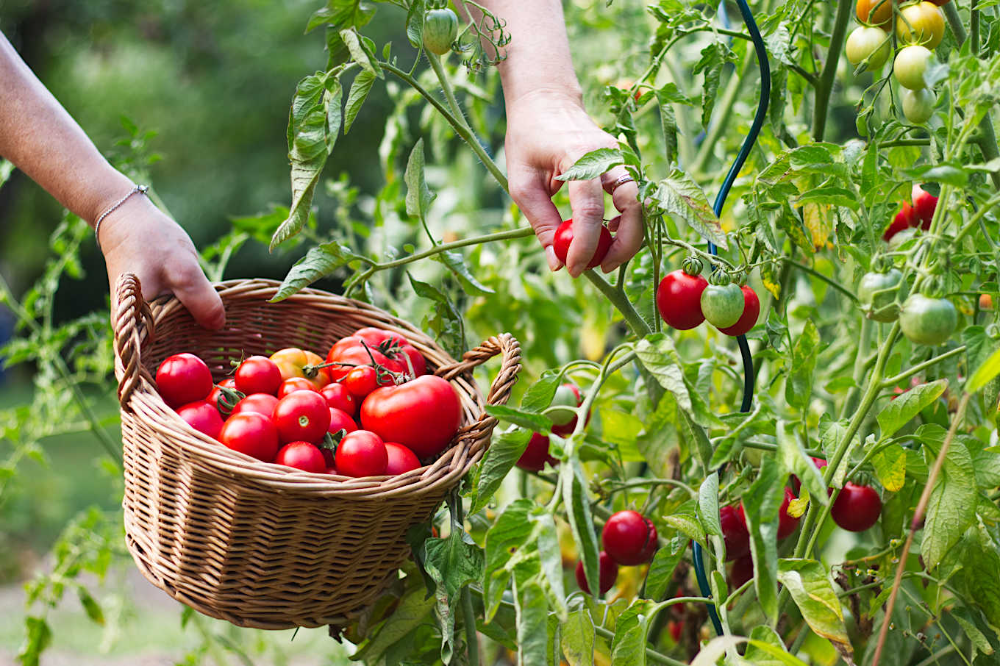Food is expensive these days, especially today in 2021. We’ve all seen the prices of goods and food skyrocket largely due to the COVID-19 pandemic and this trend is forecast to continue until economies across the world begin stabilizing.
But the good news is that instead of paying high prices for food at the grocery store, you can help to alleviate your financial strain by starting a vegetable garden. And though you won’t eliminate your grocery bills altogether by this method, you’ll at least be able to save a little and learn the art of gardening in the process.
Beginning a garden might seem like an easy task. But there’s really a lot that goes into planning a garden. So don’t go out and buy a handful of seeds just yet.
In the following tutorial, we’ll detail 3 simple steps to getting your garden started the right way.
Picking the Best Spot
The part that trips everyone up when beginning a garden is choosing the best place for it. And this is essentially the most fundamental part of growing a garden.
When planning your garden, you have to take into consideration that most vegetables and fruit-bearing plants need at least 6 hours of overhead sunlight per day. This, of course, will vary by the type of vegetables you want to grow, but to keep it simple, plan for at least 6 hours per day.
To do this, you’ll need to follow the path of the sun throughout the day over your yard and choose accordingly. Pay attention to areas where sunlight isn’t prevalent, and where shady spots are as well.
Additionally, check the water table in your yard and ensure that you’re not planting in an area prone to flooding.
Clear the Land
If you’ve chosen a small spot to grow a small garden, you’re in luck. But if you’ve chosen a wide expanse of land, you’re going to have to clear it so this is going to take some work.
You’ll have to begin by breaking up the dirt and laying down appropriate soil. The type of vegetables you’re growing will largely dictate what kind of soil you’ll need. But before you lay down the soil, you’ll want to remove any weed growth that’s present in your garden area.
Removing weeds should be done by hand, ensuring that they’re removed completely, root and all. You’ll also want to avoid using chemical herbicides as some of these products are extremely harmful.
For example, the popular weed killer known as Roundup has been the focus of major lawsuits because Roundup has been linked to the development of cancer. So as a best practice it’s ideal to use natural methods when removing weeds from your garden.
Planting
Before you toss seeds into the ground like Johnny Appleseed, you need to test the pH balance of your soil and get it nice and moist to help promote optimal growth.
Soil and water testing kits are usually available at any home and garden store, and you should also consult a growth chart that corresponds to the types of vegetables that you want to plant, pH levels, moisture levels, and the like.
A growing chart will tell you exactly how deep to plant your seeds, and how often to add water and fertilizer.
Ensure that you follow the instructions on how to plant your vegetables, then cover them with soil and give your garden time to begin its own magical process. With any luck, in a week or so you’ll begin to see your seeds sprout, and then you can start documenting the growth process.
Growing a garden can be a fun and fulfilling experience, and this is an essential skill that has largely been forgotten by many of us here in the West. But the process is easy once you get the hang of it. So enjoy it, and enjoy the savings you’re able to stick back.




















